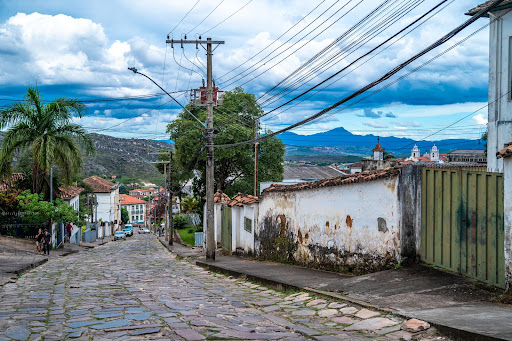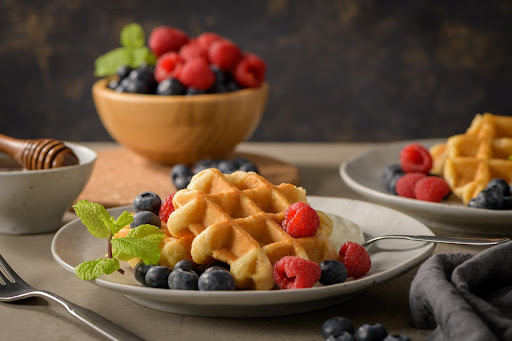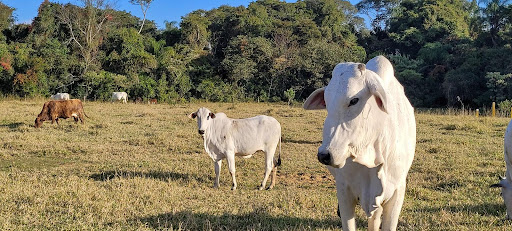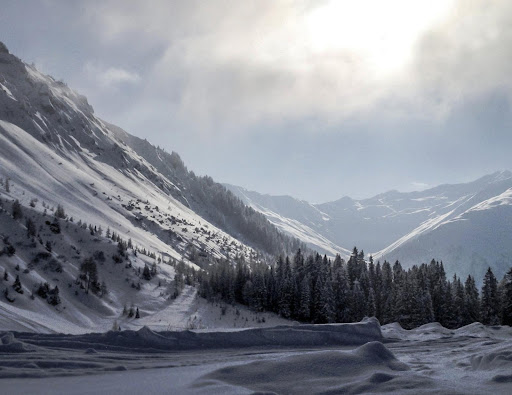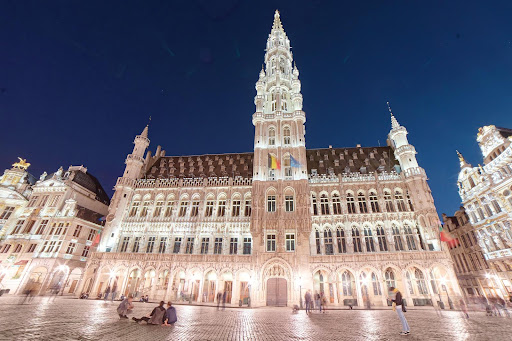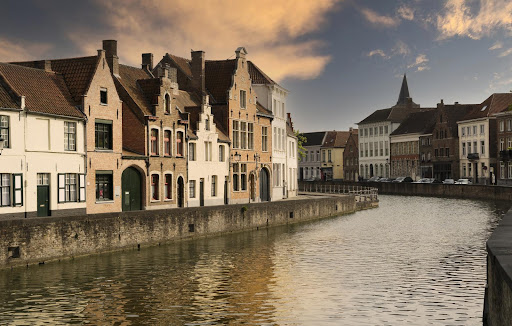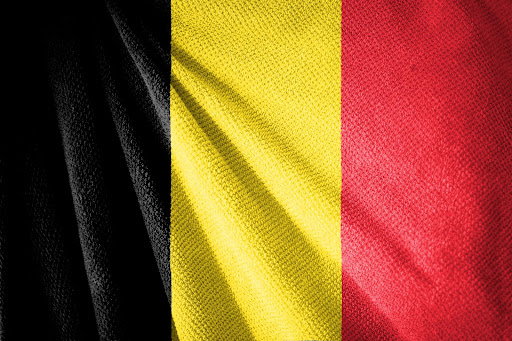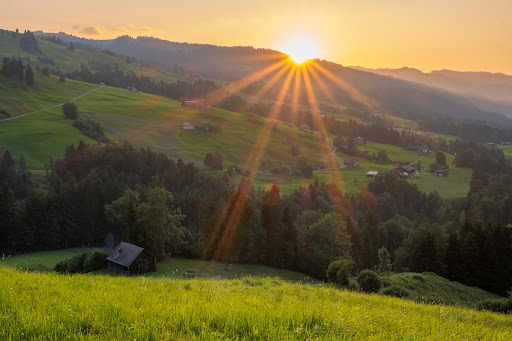Brazil is a melting pot for cultures of many different continents. Therefore, it’s no surprise that this is portrayed in the folklore and traditions passed down in Brazil. Brazilian myths and legends stem from influences from other South American nations, native tribes, European settlers or African slaves.
Saci-Pererê
Saci-Pererê is described as a young boy missing a leg and wearing a red cap with magical properties. One of the supernatural elements of this cap is its ability to create a rideable dust storm that Saci-Pererê can ride as a form of transport. He is a mischievous trickster that harasses the local populace, letting farm animals out of pens and mimicking wild animal sounds.
However, it is said that you can coax the Saci-Pererê into helping you find lost items using gifts and treating him with respect. He is one of the most popular figures in Brazilian folklore, having been solely conceived in Brazil but with a mix of Iberian, native and African cultures having an influence on his nature.
Mapinguari
Said to dwell in the depths of the Amazon jungle, the Mapinguari has the characteristics of a very large sloth or anteater. However, it only has a single eye and its mouth is located on its belly. Mapinguari devours lone adventurers that wander into the jungle.
Curupira
Derived from Tupi-Guarani mythology, the Curupira protects the jungles from unfair hunting and exploitation as a sort of ‘King of The Jungle’. He tricks hunters by making confusing backward tracks (due to his backward legs), animal sounds and resurrecting animals killed by the hunters. However, he helps hunters who follow the rules of the hunt and accepts offerings of tobacco to appease him. The Curupira is known nationwide as a significant folkloric figure.
Chibamba
Covered head to toe in banana leaves, this monster preys on children who cry when they go to bed. Its origins are suspected to be of African descent, with its dancing motions resembling certain African ritual dances that came to Brazil from slaves sent to the region. The Chibamba snorts like a pig and has demonic eyes, perfectly made to terrify those who stay up too late.
Church Serpents
It is a common myth in cities that giant, centuries-old serpents lay dormant under many religious buildings. The serpents are so large that if they wake up, they would destroy their respective cities, even their movement during their slumber causes tremors and landslides. To make sure these serpents don’t wake up, regular prayers and processions are held at the church. Some serpents are also said to have unusual origins, like a transformed child.

